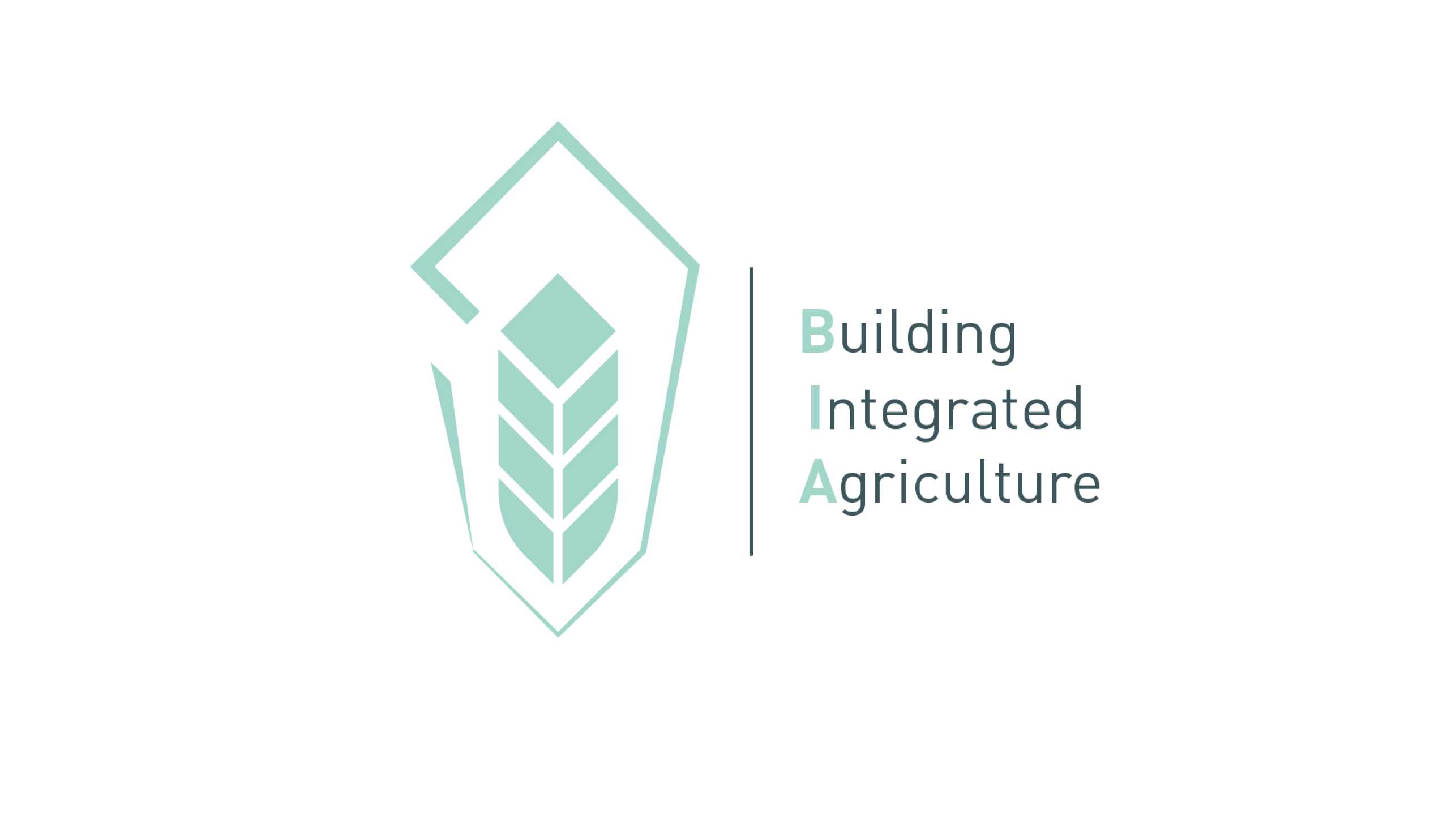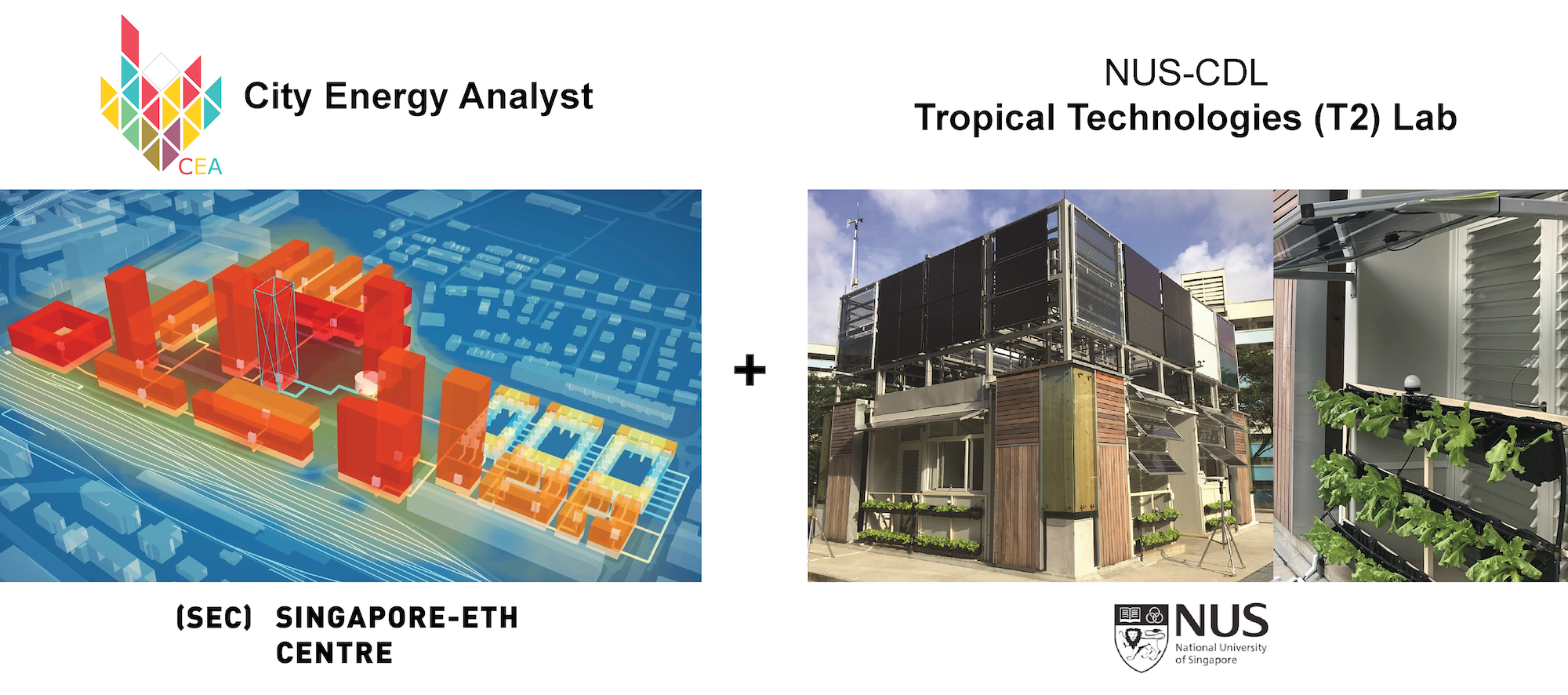Building-Integrated Agriculture (BIA)

The project was completed in September 2022.
Singapore aims to produce 30 percent of its total food needs by 2030 - an increase from the current 10%. This is known as the “30 by 30” goal. In land-scarce Singapore, conventional horizontal, land-intensive farming methods are not feasible in helping the city state achieve its goal. Instead, integrating agriculture into buildings, in the form of vertical and rooftop-based agriculture, is a more promising alternative.
The Building-Integrated Agriculture (BIA) research project will demonstrate the practical benefits of integrating agriculture into buildings and how BIA can be applied at the master-planning scale in Singapore to support the national “30 by 30” goal.
This project includes a number of phases:
- Assess potential for BIA in Singapore: determine the potential crop yield of common leafy vegetables based on available rooftops and building façades, and understand how BIA performance is influenced by master-planning metrics such as plot area ratio and building types
- Understand complementarities and trade-offs: consider potential complementarities and competition for rooftop spaces and building surfaces between BIA and other urban technologies such as Building-Integrated Photovoltaics (BIPV) at the building scale
- Engage the community: solicit community involvement through web-based maps and podcasts
- Feasibility: examine the feasibility of BIA using external experts’ feedback on the research outcome.
The research aims will be achieved by combining the strengths of the Singapore-ETH Centre (SEC) and the National University of Singapore (NUS). SEC’s computational simulation method is based on an extension of the City Energy Analyst developed in ETH Zurich. NUS, in addition to bringing its social science expertise to this project, is offering its empirical experiment facilities – the NUS-CDL Tropical Technologies Laboratory (T2 Lab) at the Department of Architecture under the NUS School of Design and Environment .
Started on 31 March 2021 as an Intra-CREATE project, BIA is funded by the CREATE programme under the National Research Foundation Singapore. The project is hosted by the Singapore-ETH Centre, in collaboration with the National University of Singapore.
In the future, the seed project could broaden its research themes to explore other benefits and the operationalisation of BIA. These may include the thermal impact of BIA on the building envelopes, social impacts, ecosystem service benefits, and potential business models for the installation and management of BIA systems.
